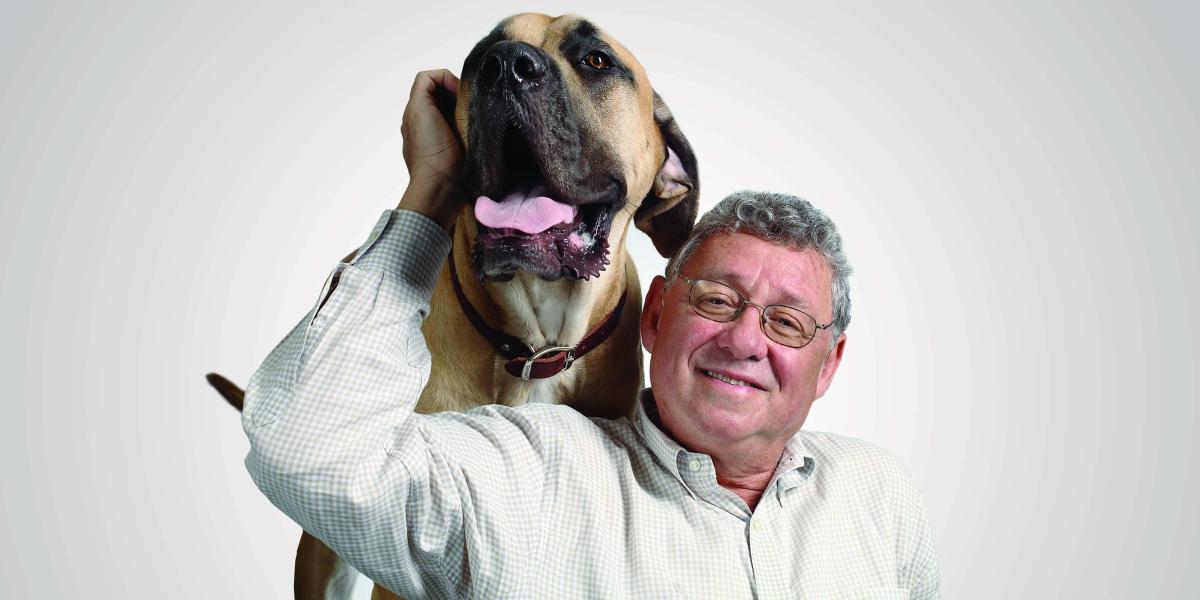Humane Science Offers Alternatives to Animal Testing
It was a furor over the alleged mistreatment of rabbits by a cosmetics giant that set the stage for the creation of the Center for Alternatives to Animal Testing (CAAT). In April 1980, animal rights activist Henry Spira took out a full-page ad in The New York Times, which asked, "How many rabbits does Revlon blind for beauty's sake?"
Feeling the heat from animal welfare groups, the Cosmetic, Toiletry and Fragrance Association awarded a three-year $1 million grant to the School to establish the nation's first center devoted to the study of alternatives to animal testing. Toxicology professor Alan Goldberg, PhD, was named to head the fledgling enterprise.
Since its founding 25 years ago, CAAT has become an internationally recognized leader in developing and promoting viable alternatives to animal testing; educating the scientific and business communities, as well as the general public, on alternatives; and fostering collaboration among diverse groups on non-animal testing. Its work has led to significant reductions in the number of live animals used in product testing, and the cosmetics industry has virtually eliminated the practice.
Both researchers and animal protection advocates say that Goldberg, who is stepping down next year as CAAT director, deserves much of the credit for bringing legitimacy to, and acceptance of, alternative testing methods in the United States.
"When he was put in charge of the Center back in 1981, the concept of alternatives was pretty much a fringe issue for most of the commercial and academic communities," says Andrew Rowan, executive vice president for operations of the Humane Society of the United States and a member of CAAT's advisory board. "What Alan helped to do, what the Center has done, is bring in a lot of scientific and corporate support for alternatives."
From its beginnings, CAAT has built its credibility on "good science," says Goldberg, funding some 300 research grants totaling nearly $6 million.
The Center played an instrumental role in developing the scientific foundation of in vitro testing, which uses tissue cultures instead of animals to evaluate the safety of commercial and therapeutic products. Before joining the Center, Goldberg's successful use of tissue cultures to test the effects of pesticides resulted in the first scientific paper on the use of in vitro techniques to understand mechanisms of toxicity.
Today, in vitro testing methods are standard in many industries, including those that manufacture household goods, pharmaceuticals and food products.
Currently, the Center is working with scientists, government regulators, corporate officials and animal welfare and children's health advocates to identify alternatives to the use of animals in testing thousands of chemicals that have not yet been evaluated for developmental neurotoxicity. "There's no way to evaluate them using animals," Goldberg says. "We don't have enough animals, and we don't have enough time."
In 1997 the Center launched the website http://altweb.jhsph.edu, an international clearinghouse for information on alternatives to animal testing. The Center also established the World Congress on Alternatives, an international conference held every two years.
As Goldberg wraps up his tenure at CAAT—freeing up more time for his teaching duties and the other work he plans to take on in the alternatives arena—he is particularly excited about a new CAAT Scholars program to train postdoctoral students at the School to use in vitro test data for human health risk assessment. Funded by industries that manufacture a variety of products—including cosmetics, household goods, chemicals and pesticides—the program is slated to begin early next year with six students. Industry representatives will take part in special program events that address regulatory requirements in product testing.
"The laws, mainly in Europe, are changing to require [in vitro methods], and industry needs people with this kind of training" to comply with legislation, says Goldberg. "Also, consumers are beginning to demand non-animal testing, and we want to meet these needs with the best and most humane science."
